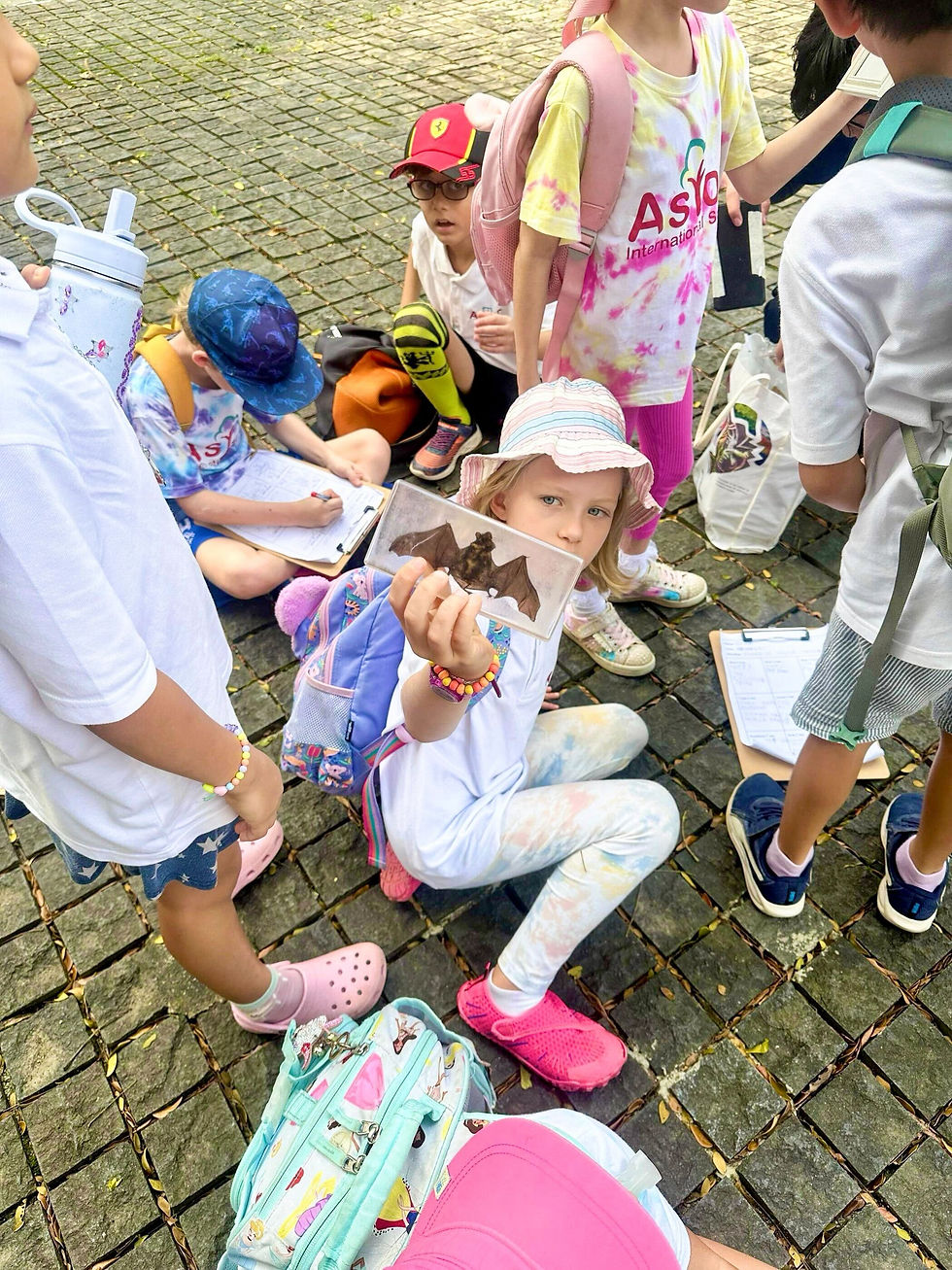Unlock the Magic of Outdoor Learning!
- Saranya D/O Vasudevan
- Sep 4, 2024
- 2 min read
It feels amazing to step outside. It's stimulating, uplifting, and a wonderful way to re-establish connection with nature and escape the stresses of everyday life. What about when it comes to education? What are the main advantages of teaching and learning outside? The benefits of outdoor learning include enhanced child development, improved mental health and wellness, strengthened connections to nature, and more inclusive and enjoyable learning.

‘‘We know that many pupils thrive when learning outside and that this shift in environment (and a practical approach) can actually help certain concepts come alive and be easier to understand,” says Mary Jackson, Head of Education and Communities at Learning through Landscapes. Learning outside isn't a needless extra; rather, it's a method to help kids retain knowledge by exposing them to concepts in a fresh and engaging way.

It offers useful, real-world experiences—the kind that kids really absorb. In addition to teaching whole new skills, these stimulating activities can improve collaboration, problem-solving, and critical thinking abilities while smoothly integrating into the curriculum. This means that it helps teachings stick by encouraging a sincere interest in the subject matter that goes much beyond what a young learner may learn from a textbook.
By moving away from regimented seating plans and standard classroom-based learning, children can embrace a greater sense of freedom and independence: essential contributors to their development and learning.

Studies have even indicated that learning outside enhances self-esteem, social abilities, motivation, communication, physical skills, knowledge, and comprehension. It has also been demonstrated to improve kids' attitudes toward learning, cooperative skills, self-worth, and confidence. It is an essential and transformational aspect of childhood, not simply a nice-to-have anymore.

At Astor, students go on field trips at least twice a term. And teachers also incorporate outdoor lessons. This way, students are seen reaping the benefits of outdoor learning, moving beyond the 4 walls of the classroom.

Comments